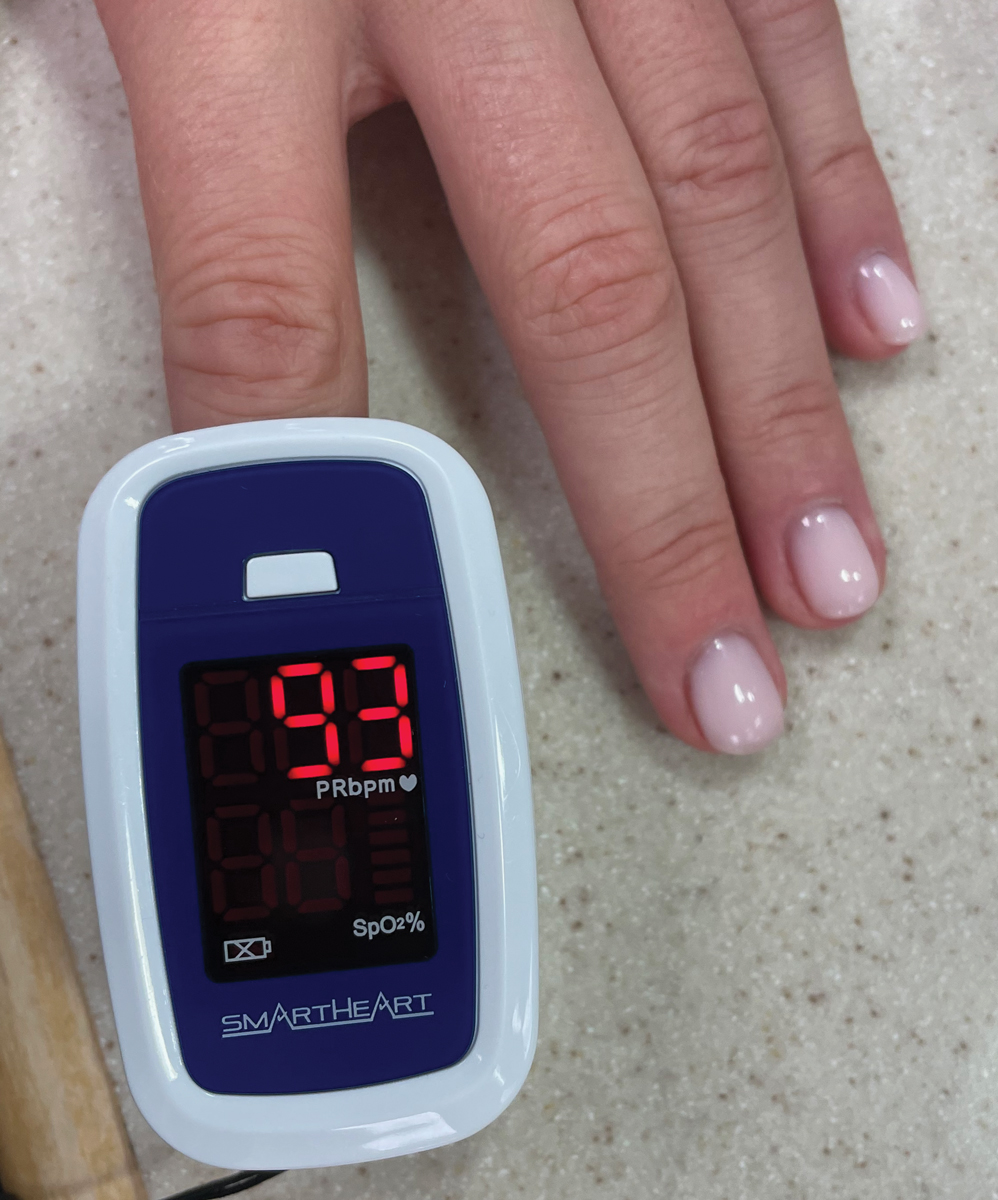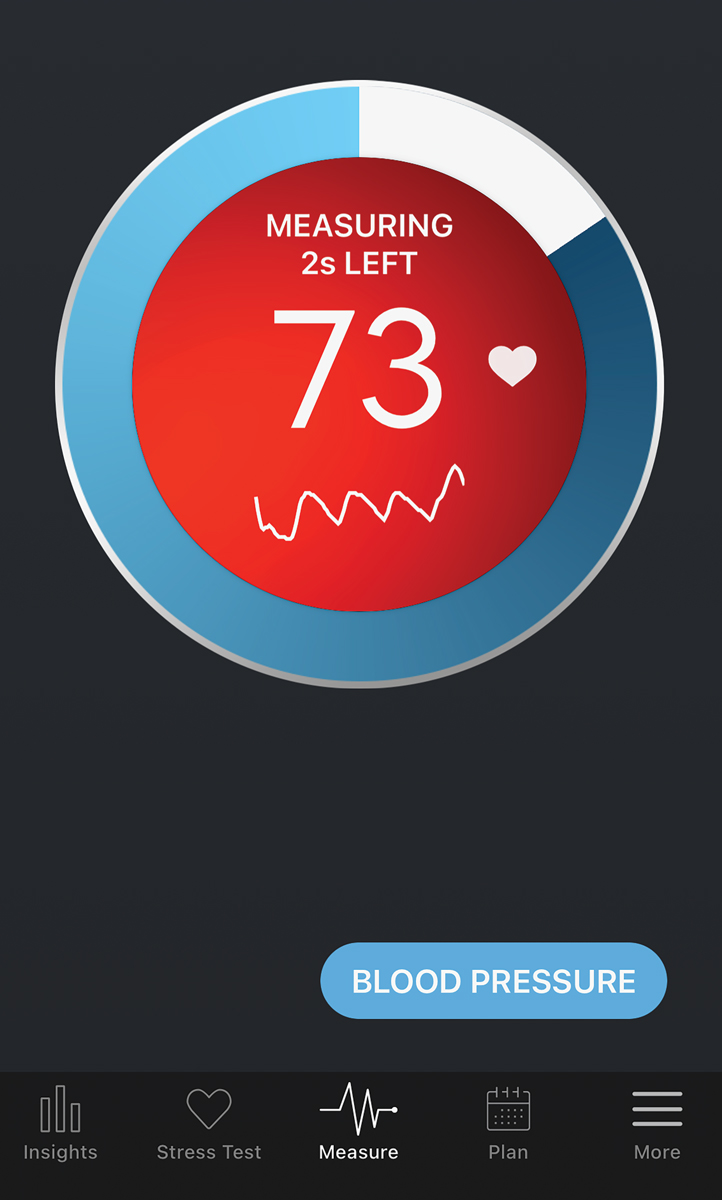 |
Topical ophthalmic beta blockers may no longer be first-line agents to lower intraocular pressure (IOP) in individuals with open-angle glaucoma or ocular hypertension, but they still represent a frequently used class of treatment and are often difficult to avoid in fixed-combination therapy, where they play an important role in generic options. Many of the long-held beliefs regarding the safety of topical ophthalmic beta blockers have been developed from case reports, case series or editorial opinion; however, the mechanism of action of beta blockers can infer significant cardiopulmonary effects that have important implications for the management of individuals with ocular hypertension and glaucoma.1
An individualized evaluation of overall benefit vs. risk prior to their prescription begins with a complete medical history, medication history and clinical assessment, including pulse rate, to differentiate patients in whom beta blockers may be safely used from those where their use should be avoided.
An 80-year-old male with primary open-angle glaucoma presented for scheduled follow-up without new visual concerns. He was taking latanoprost 0.005% QHS OU and timolol 0.5% BID OU with excellent reported tolerability and adherence. His IOP was within target range with clinical stability since the addition of timolol in 2021. He had a history of atrial fibrillation and hypertension, for which he was under the care of a cardiologist and was medically managed with apixaban and irbesartan long-term, as well as bisoprolol, which had been added since his previous visit. Considering this new addition to his systemic therapy, blood pressure and pulse rate were taken in-office and were measured to be 124/78mm Hg and 48 beats per minute, respectively.
 |
|
Pulse rate can be measured using a pulse oximeter, smartwatch, smartphone app or manually in-office. Click image to enlarge. |
Pulmonary Effects
Perhaps the clearest systemic contraindication of topical ophthalmic beta blockers is in individuals with asthma, COPD and those who exhibit airway hyperreactivity or hyperresponsiveness.1-3 In the emergent treatment of airway hyperreactivity and respiratory distress, short-acting beta receptor agonists are often used in combination with other classes of treatment, including corticosteroids; conversely, a blockade of beta receptors, specifically the beta 2 receptor, may precipitate bronchospasm.1,2
A comparison of the effect on one-second forced expiratory volume (FEV1) of topical ophthalmic timolol and placebo demonstrated a drop in FEV in 13 out of 15 asthmatics, with more than 25% demonstrating a clinically significant (>20%) reduction in FEV1, while FEV1 has been described to not be impacted in healthy individuals who receive topical ophthalmic timolol.4,5
Despite the unpredictability of the pulmonary response to beta-1 selective agents, considering their incomplete antagonistic effect on beta-2 receptors, they may still lead to bronchospasm and therefore should be avoided in patients with airway hyperreactivity.1,2 Importantly, infectious bronchitis and viral upper respiratory infections do not exhibit airway hyperreactivity; therefore, topical ophthalmic beta blockers are appropriate to continue during active events.1
Cardiac Impact
Beta blockers slow conduction through the atrioventricular (AV) node and can slow sinus nodal discharge, which provides systemic therapeutic utility but can also lead to bradycardia: a pulse rate of less than 60bpm.1,5,6 In patients who develop symptomatic bradycardia or syncope following initiation of systemic or topical ophthalmic beta blocker, it is generally thought that the beta blocker unmasks or exacerbates an underlying cardiac rhythm anomaly or electrical disturbance rather than it being solely responsible for the condition.1 For patients with a history of syncope, pre-syncope, asymptomatic bradycardia or second or higher degree AV block, topical ophthalmic beta blockers are contraindicated.1,2
A recent retrospective analysis of 138 patients with glaucoma was determined to demonstrate an average 7.61bpm reduction in pulse rate following initiation of topical ophthalmic beta blocker in at least one eye. Those with the greatest reduction in pulse rate had a higher baseline pulse rate (86.1bpm) and were more likely to be female.7
 |
|
Smartphone apps, including Instant Heart Rate (Bodymatter), detect and measure heart rate when the index finger is placed over the smartphone camera. Click image to enlarge. |
The safety and efficacy of adding a topical ophthalmic beta blocker to an individual already taking a systemic beta blocker is also pertinent to highlight. Systemic beta blockers—specifically those agents that are highly lipophilic such as propranolol or timolol—have the greatest propensity of penetrating the blood-brain and blood-ocular barrier and therefore the greatest potential for IOP lowering effect in comparison with those that are moderately lipophilic or those with low lipophilicity such as atenolol.8 Detectable systemic plasma levels occur quickly following ophthalmic instillation of timolol, occurring in 10 to 15 minutes vs. one to two hours following oral ingestion, with similar systemic bioavailability to intravenously administered timolol.5,9
Keep in mind that, in older individuals, plasma concentrations of topically applied timolol are higher than for younger individuals due to a reduced rate of drug elimination and potential differences in conjunctival and eyelid anatomy, which may also impact systemic absorption.5,9 To reduce systemic absorption, nasolacrimal occlusion and eyelid closure for five minutes following instillation of a topical ophthalmic agent have been demonstrated to be effective while also increasing topical bioavailability.10
In a group of glaucoma patients, the pulse rate was determined to be statistically lower in those taking an oral beta blocker (64.7bpm) or topical ophthalmic beta blocker (70.3bpm) in comparison to those who were not using a beta blocker (76bpm).6 Individuals who were taking both a topical ophthalmic and oral beta blocker had the lowest mean resting pulse rate (58bpm) of all groups, and individuals in the study who were found to have a pulse rate of less than 50bpm were more likely to be taking both a topical ophthalmic and systemic beta blocker.6
Bottom Line
While topical ophthalmic beta blockers are generally safe and efficacious therapies, a complete medical history should be gathered prior to their prescription. It is pertinent that this history highlight the pulmonary and cardiovascular systems to rule out underlying asthma, COPD or other airway hyperreactivity, as well as highlight history of fainting or dizziness without defined cause, unstable congestive heart failure, symptomatic heart block or symptomatic bradycardia.
Heart rate measured in-office also provides valuable information to detect asymptomatic, undiagnosed bradycardia (<60bpm), which may become symptomatic if a topical ophthalmic beta blocker is added. If asymptomatic bradycardia is determined, refer to the patient’s managing provider and, ideally, to a cardiologist for evaluation. In these cases, avoid prescribing a topical ophthalmic beta blocker.
In patients whose topical ophthalmic beta blocker efficacy profile is determined to outweigh potential risk and therefore prescribed, due to the potential reduction in pulse rate, conduct an additional assessment of pulse rate at the first follow-up visit after beginning treatment to evaluate the potential systemic response and safety of continued treatment.
The 80-year-old patient with a pulse rate of 48bpm reported no weakness, dizziness, fatigue, shortness of breath or lightheadedness. A review of his medical record identified that previous blood pressure and pulse measurement taken one year prior while taking latanoprost 0.005% QHS and timolol 0.5% BID OU were 134/80mm Hg and 66bpm and at the time of initiation of timolol 0.5%. In 2021, his pulse rate was 70bpm.
Considering the determined asymptomatic bradycardia, his cardiologist was contacted, who arranged for an evaluation and electrocardiography. While the topical ophthalmic beta blocker did not appear to be related to his bradycardia, it was discontinued and replaced with brimonidine 0.2% to minimize the potential impact on pulse rate pending cardiology evaluation.
Dr. Steen is an associate professor at Nova Southeastern University College of Optometry where she serves as director of the Glaucoma Service, coordinator of the Primary Care with Emphasis in Ocular Disease Residency and teaches courses in glaucoma and ocular pharmacology. Her financial disclosures include Bausch & Lomb, Santen, Ocuphire and Carl Zeiss Meditec.
1. Lama PJ. Systemic adverse effects of beta-adrenergic blockers: an evidence-based assessment. Am J Ophthalmol. 2002;13(5)4:749-60. 2. Vander Zanden JA, Valuck RJ, Bunce CL, et al. Systemic adverse effects of ophthalmic beta-blockers. Ann Pharmacother. 2001;35(12):1633-7. 3. Fahy JV, O’Byrne PM. “Reactive airways disease”. A lazy term of uncertain meaning that should be abandoned. Am J Respir Crit Care Med. 2001;163(4):822-3. 4. Hugues FC, Le Jeunne C, Munera Y, et al. Evaluation of systemic effects of timolol maleate in eye drops. J Francais d’Ophthalomologie. 1985;8(5):389-94. 5. Korte JM, Kaila T, Saari KM. Systemic bioavailability and cardiopulmonary effects of 0.5% timolol eyedrops. Graefes Arch Clin Exp Ophthalmol. 2002;240(6):430-5. 6. Tattersall C, Vernon C, Singh R. Resting pulse rates in a glaucoma clinic: the effect of topical and systemic beta-blocker usage. Eye (Lond). 2006;20(2):221-5. 7. Kiyota N, Shiga Y, Ninomiya T, et al. The effect of β-blocker eye drops on pulse rate, ocular blood flow and glaucoma progression: a retrospective longitudinal study. Adv Ther. 2024;41(2):730-43. 8. Poirier L, Tobe SW. Contemporary use of β-blockers: clinical relevance of subclassification. Can J Cardiol. 2014;30(5 Suppl):S9-15. 9. Vuori ML, Kaila T. Plasma kinetics and antagonist activity of topical ocular timolol in elderly patients. Arch Clin Exp Ophthalmol. 1995;233(3):131-4 10. Zimmerman TJ, Kooner KS, Kandarakis AS, et al. Improving the therapeutic index of topically applied ocular drugs. Arch Ophthalmol. 1984;102(4):551-3. |

